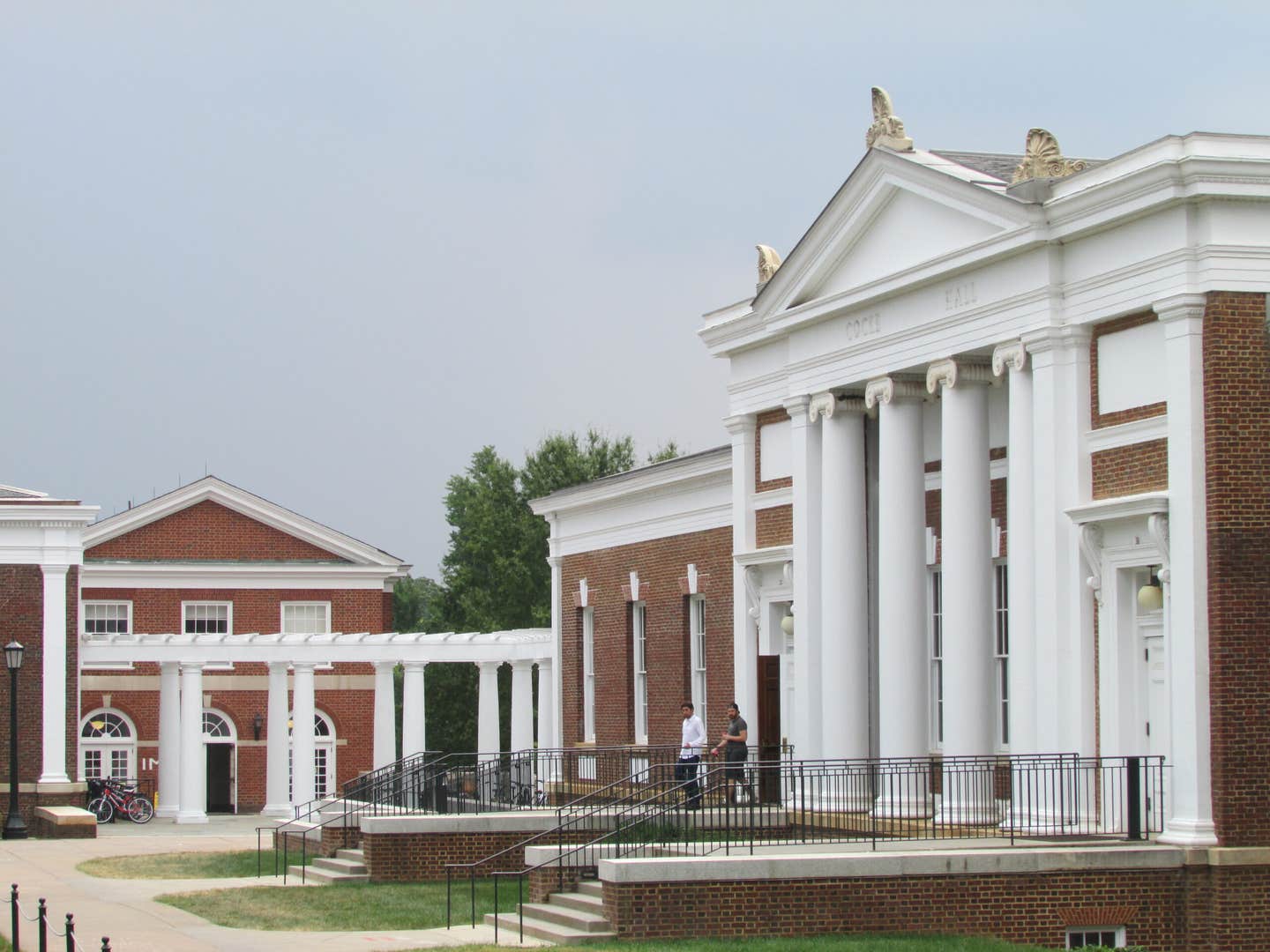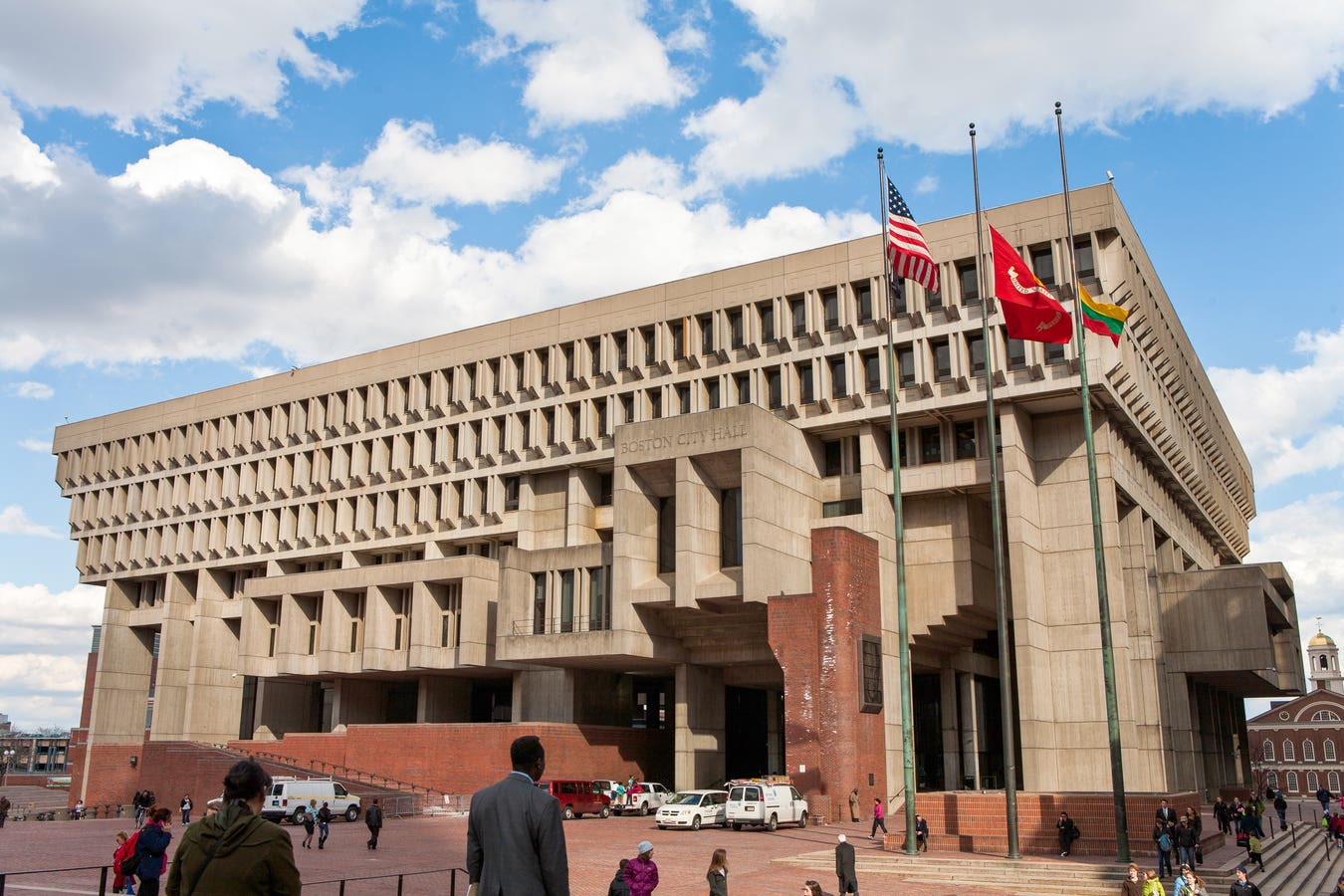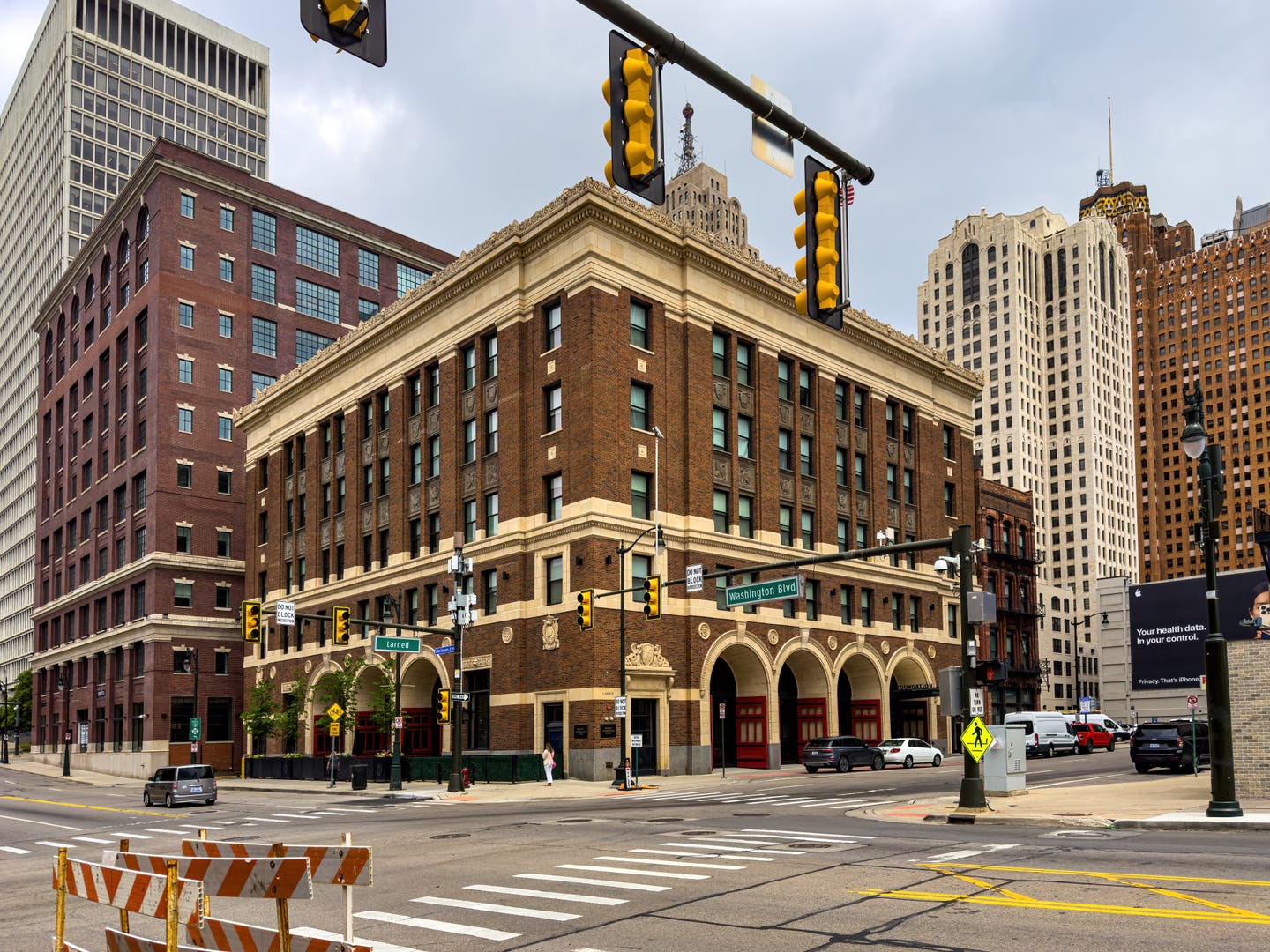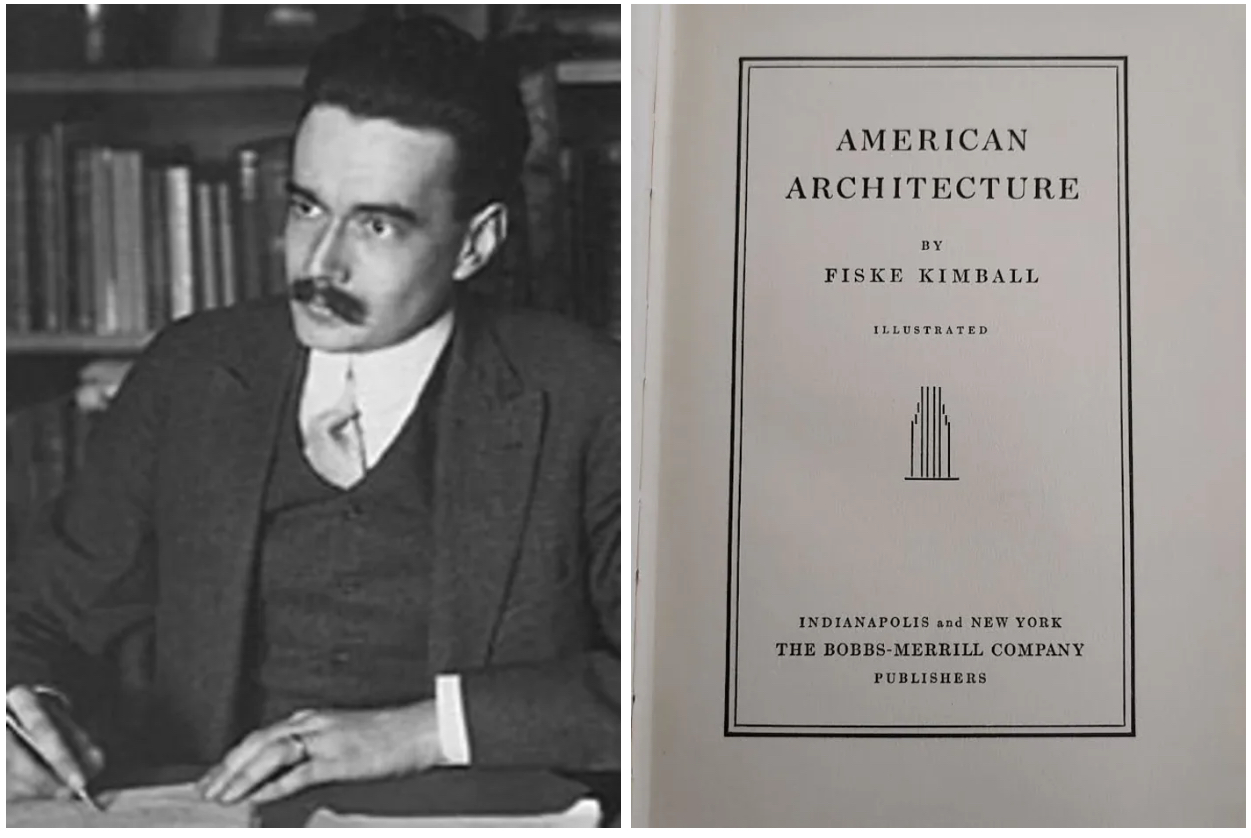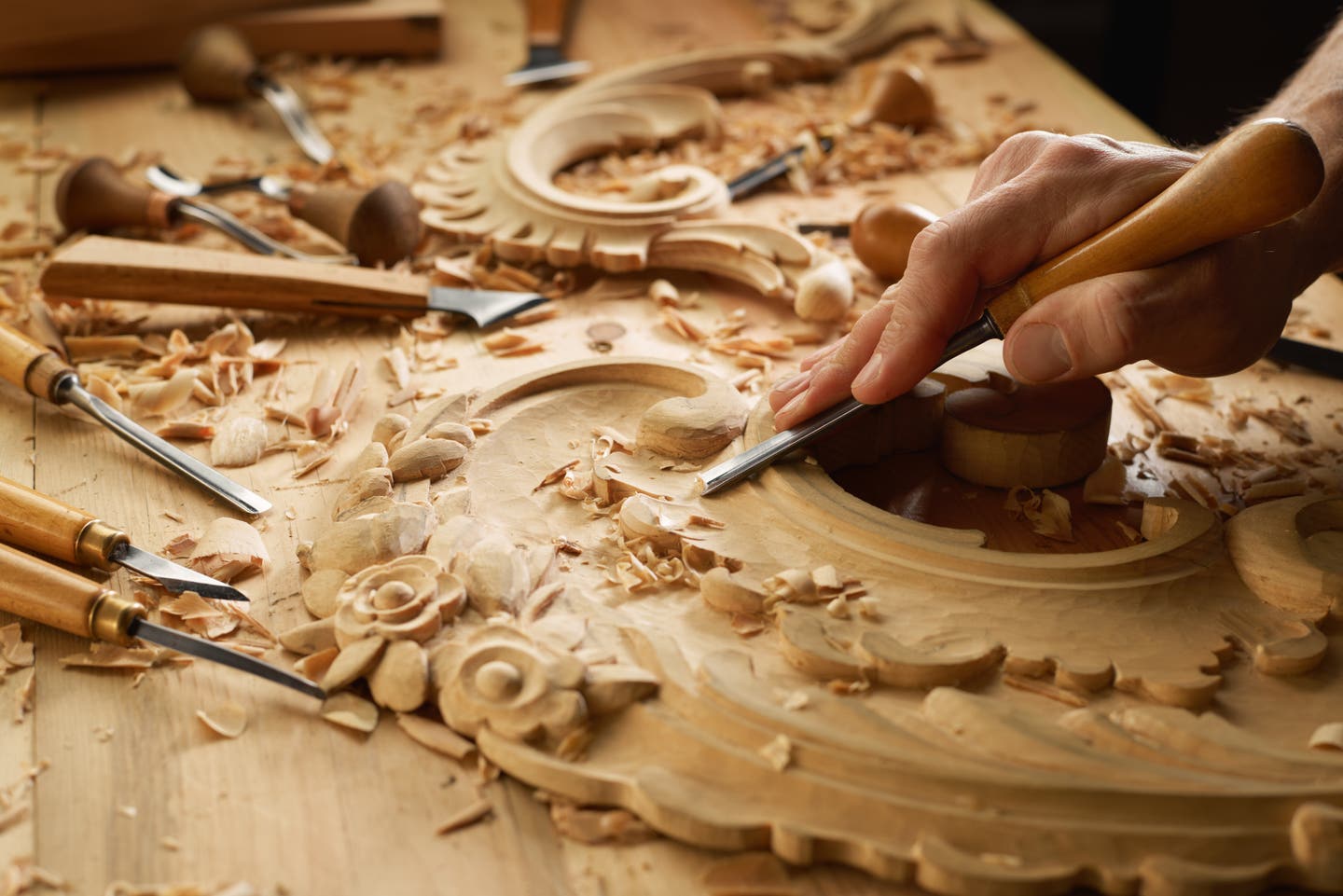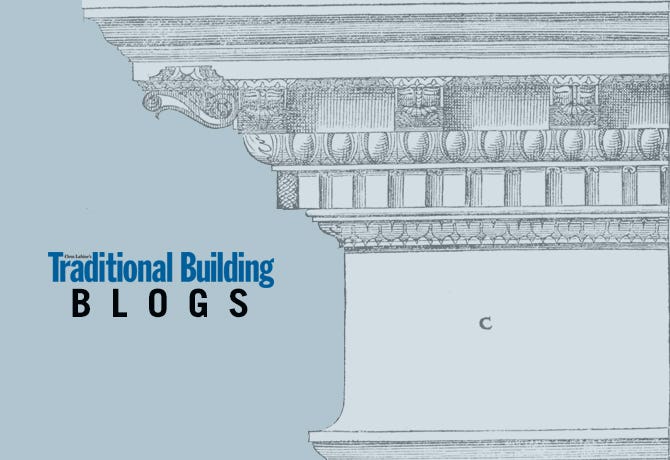
Rudy Christian
The Arts and Crafts of Trades
I find it interesting how many people I meet who don’t really know how to react when I tell them I’m a tradesperson. It’s not like they’ve never heard the word, or even that they don’t necessarily know what it means. It’s more like they’ve never really expected to meet one, as if they figured they were all gone--someone they may have read about in history books but not someone they expected to meet walking down the street.
Now if I tell people that a friend of mine is a craftsman, a word you wouldn’t usually use to refer to yourself, they're more likely to react knowingly and may even know someone else who they consider to be one. But if I were to tell them my friend was an artisan, they probably would have been confused. An artist, however, they would have easily understood.
The apparent absence of trades in education may contribute to this dilemma. When you look through the comprehensive “Guide to Academic Programs” on the National Council for Preservation (NCPE) website, you will find that the resource for young people interested in education in the field of preservation is made up primarily of colleges, universities and institutes that don't actually imply, by their names, that they teach trades, crafts or the actual skills needed to do the hands-on work of preservation. The short list of institutions that do includes Belmont Technical College,Savannah College of Art and Design and the American College of the Building Arts and the only institution that teaches preservation at a high school level is called the Brooklyn High School of the Arts. Clearly, the concept of including the word “trades” in a school’s name is off limits, in particular at the college level.
Synonyms
In an attempt to get a handle on why we use some words and not others when talking about preservation education, I decided to go online and see what the Encarta dictionary defined them as. “Arts” are defined as “techniques or craft,” and “craft” is defined as “making things by hand.” When you look up “artisan,” it’s defined as a “skilled craftsperson,” and when you dig for the definition of “craftsperson,” you find it's “somebody making things by hand.” Look up “craftsman,” however, and you find it’s also defined as a “skillful person;” whereas a “tradesman” is defined as a “skilled worker,” and a “trade” is defined as a “skilled occupation."
Seemingly, this could be considered a bit circular or even inconclusive, but I think it has more to do with the fact there is a hierarchy involved in what these words mean and how they were used when tradespeople were an integral and important part of our culture, versus how they are used today.
The fact that a trade is defined as an occupation means that the skills the tradesperson has developed are meant to provide him or her with a living. Craftspeople or artisans, however, have a degree of skill that may or may not be what they choose to make a living with; hence, a craftsperson or artisan isn’t necessarily a tradesperson, but a tradesperson by definition is a craftsman and artisan.
Are the trades a lost art?
The fact that the term tradesperson is so unfamiliar to people today is directly connected to the fact that today very few people make their livings by making things by hand. And because we've done such a fantastic job of stigmatizing the idea that smart kids make their livings with their minds and not-so-smart kids end up becoming plumbers or block layers, the educational system itself has adopted the word “arts” as a benign way of concealing the fact that schools are teaching their students how to make things by hand.
If we to want save our architectural heritage, we better understand we can’t learn what we need to know from textbooks we order from Amazon.com, although we could buy more “art” there, and, for the most part, we can’t learn it in public schools either. We have to reprogram the public educational system to accept the fact that if we want to save what we have, we have to be taught to use our hands to do it. We need to understand that doing things well requires skills, and those skills are something that should have been handed down through the generations. For the most part, however, they weren’t, and it’s our responsibility to overcome that deficiency.
Craftspeople and artisans may have the skills needed to do the work of preservation, or they may not by definition. But tradespeople by definition are people who work in a skilled trade, and if we are going to make a place in our public educational system, in our economy and in our culture for saving our architectural heritage, we had better be willing to make a place for trades.
Rudy R. Christian is a founding member and past president of the Timber Framers Guild and of Friends of Ohio Barns and a founding member and executive director of the Preservation Trades Network. He is also a founding member of the Traditional Timberframe Research and Advisory Group and the International Trades Education Initiative. He speaks frequently about historic conservation and also conducts educational workshops. Rudy has also published various articles, including “Conservation of Historic Building Trades: A Timber Framer’s View” in the “APT Bulletin,” Vol. XXXIII, No. 1, and his recent collaborative work with author Allen Noble, entitled “The Barn: A Symbol of Ohio,” has been published on the Internet. In November 2000, the Preservation Trades Network awarded Rudy the Askins Achievement Award for excellence in the field of historic preservation.
As president of Christian & Son, his professional work has included numerous reconstruction projects, such as the historic “Big Barn” at Malabar Farm State Park near Mansfield, OH, and relocation of the 19th-century Crawford Horse Barn in Newark, OH. These projects featured “hand raisings,” which were open to the public and attracted a total of 130,000 interested spectators. He also led a crew of timber framers at the Smithsonian Folk Life Festival, Masters of the Building Arts program, in the re-creation and raising of an 18th-century carriage house frame on the Mall in Washington, DC. Roy Underhill’s “Woodright’s Shop” filmed the event for PBS, and Roy participated in the raising.
Christian & Son’s recent work includes working with a team of specialists to relocate Thomas Edison’s #11 laboratory building from the Henry Ford Museum to West Orange, NJ, where it originally was built. During the summer of 2006, Rudy; his son, Carson; and his wife, Laura, were the lead instructors and conservation specialists for the Field School at Mt. Lebanon Shaker Village, where the 1838 timber frame grainery was restored. In July and August 2008, Rudy and Laura directed and instructed a field school in the Holy Cross historic district in New Orleans in collaboration with the University of Florida and the World Monuments Fund.
Rudy studied structural engineering at both the General Motors Institute in Flint, MI, and Akron University in Ohio. He has also studied historic compound roof layout and computer modeling at the Gewerbe Akademie in Rotweil, Germany. He is an adjunct professor at Palomar College in San Marcos, CA, and an approved workshop instructor for the Timber Framers Guild.



